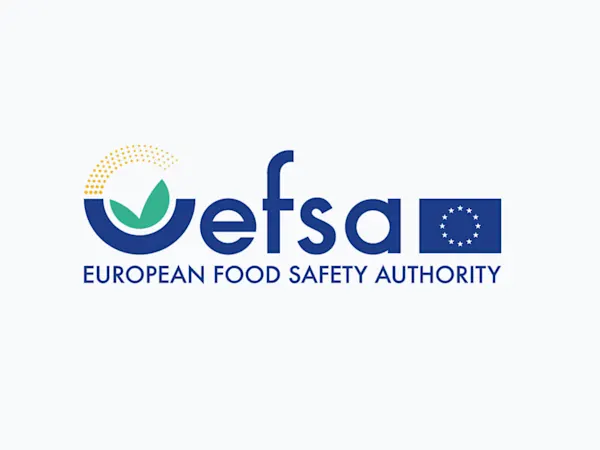
EFSA Seeks Feedback on Overhaul of Weight of Evidence and Biological Relevance Guidance
EFSA launches consultation on updating its Weight of Evidence and Biological Relevance guidance, aiming to streamline chemical risk assessment practices.


The European Chemicals Agency (ECHA) has completed a comprehensive assessment of a group of substances known as lactate esters with aliphatic branched or cyclic alcohols or carboxylic acids. These substances, which include a variety of commercially important chemicals, have been evaluated for potential regulatory needs to ensure safe use and manage any associated risks.
The substances assessed include Isobutyl lactate, Isopropyl lactate, 2-ethylhexyl lactate, and several others. These esters are commonly used in products ranging from washing and cleaning agents to cosmetics, biocidal products, plant protection products, fragrances, and lubricants. Their widespread application means they have a high potential for exposure to humans and the environment, prompting the need for careful regulatory scrutiny.
The ECHA's assessment focused on potential hazards related to human health and environmental safety, as well as the likely exposure pathways. Here are some key conclusions:
ECHA's assessment suggests that, under current conditions, there is no pressing need to introduce further regulatory risk management actions for the group of lactate esters. This conclusion is based on the following factors:
This review represents a proactive approach by ECHA to balance chemical safety with practical regulatory measures, reflecting a commitment to both public health and environmental protection while supporting industrial innovation.
Foresight continuously tracks 1000s of sources and maps updates to your portfolio:




EFSA launches consultation on updating its Weight of Evidence and Biological Relevance guidance, aiming to streamline chemical risk assessment practices.

The Netherlands refines its list of potential ZZS chemicals to better align with EU assessments, boosting early detection and regulatory foresight.

Germany's CONMAR-Impact study sets new environmental quality standards for TNT in marine ecosystems, raising industry-wide compliance questions.
Subscribe to Foresight Weekly and get the latest insights on regulatory changes affecting chemical compliance.
Free forever. Unsubscribe anytime.
Read by professionals at